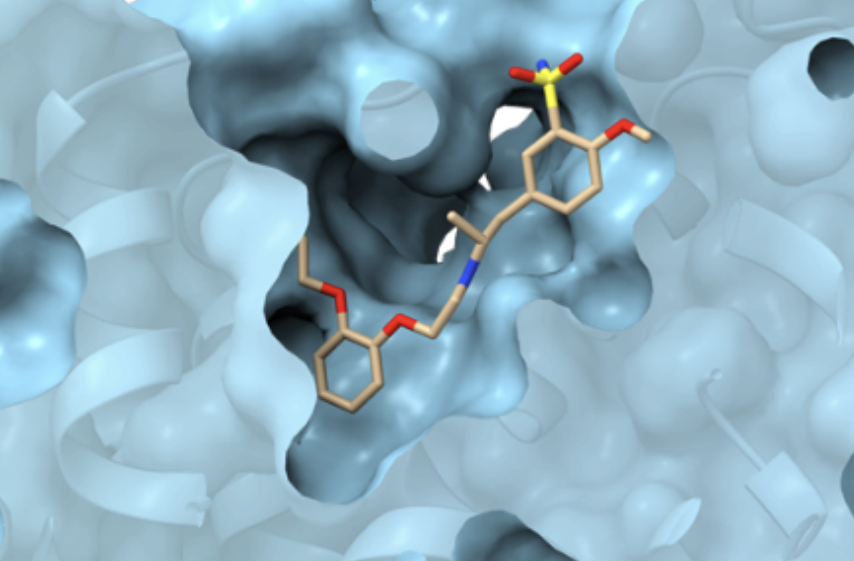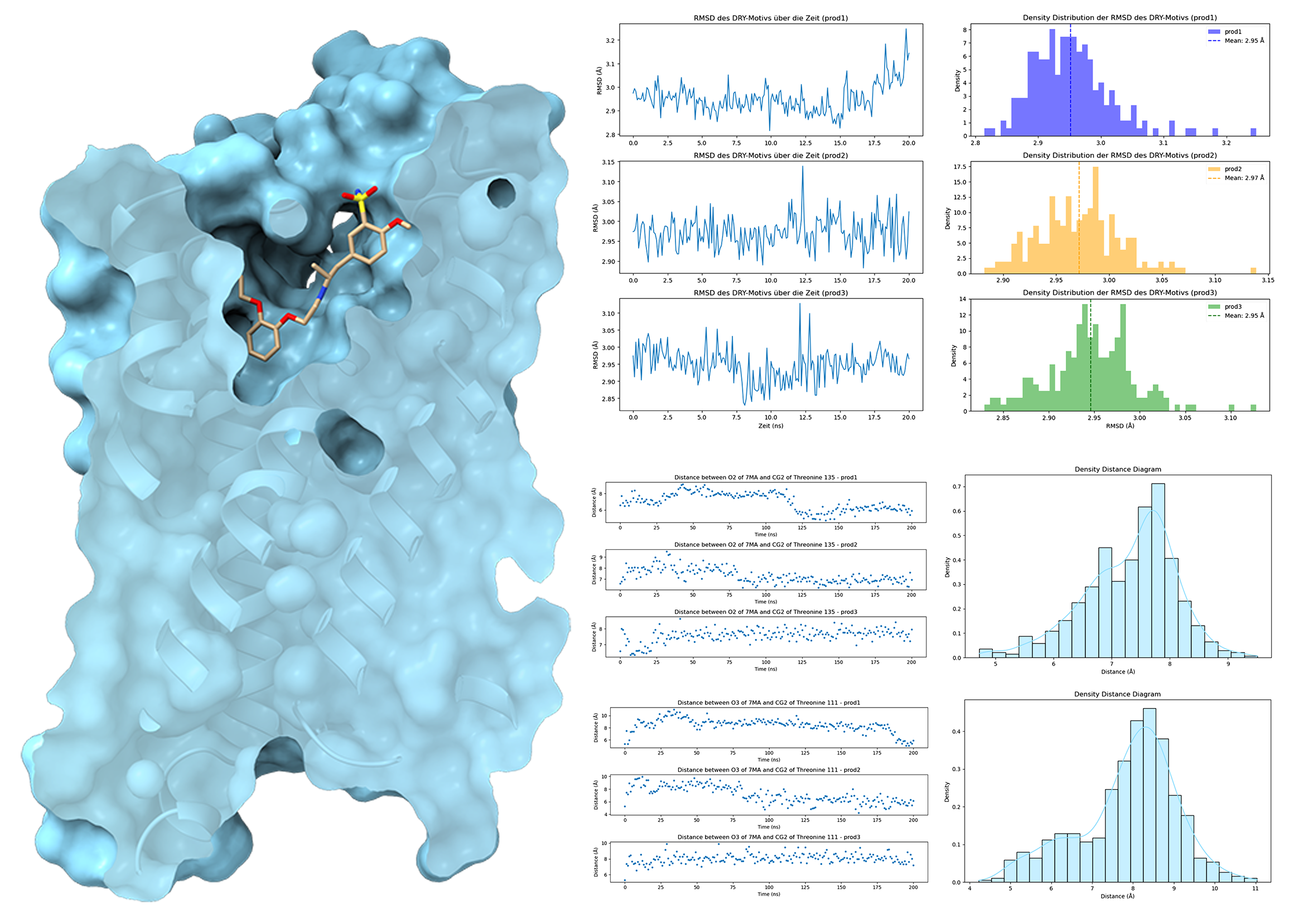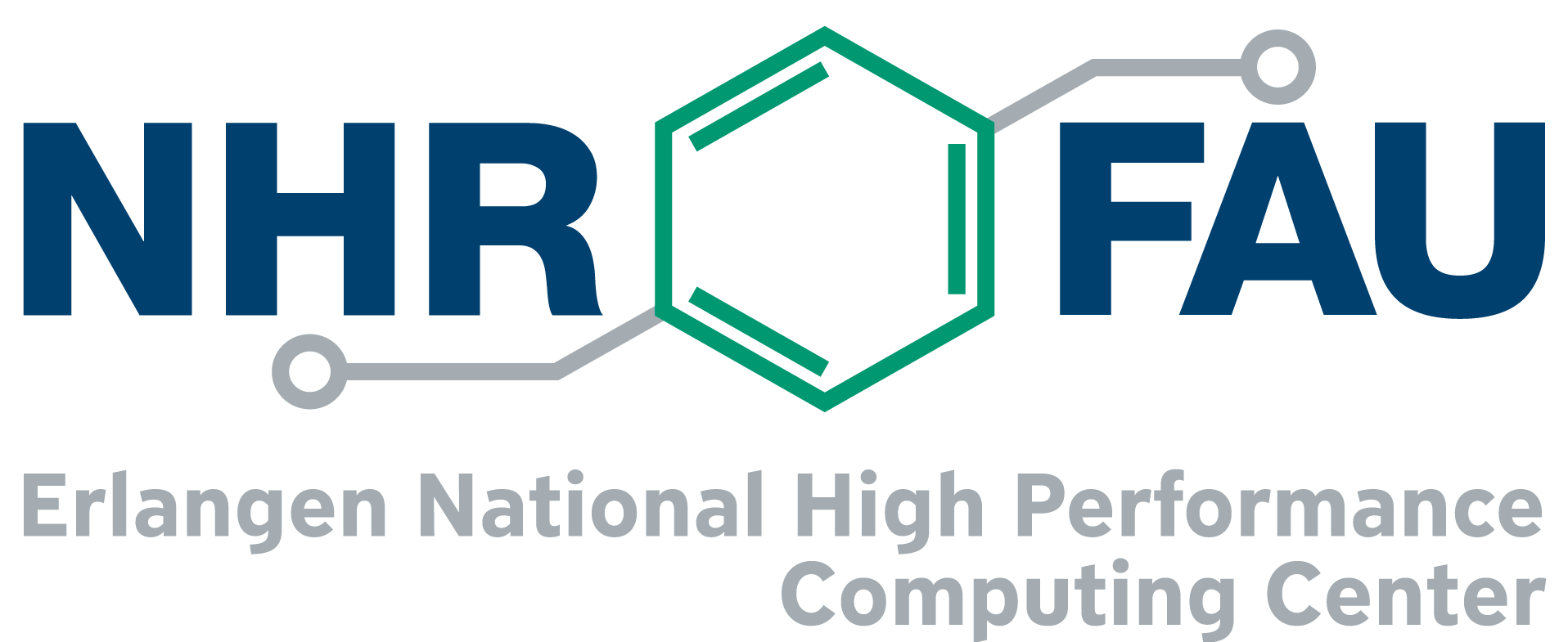NHR@FAU supports training for pharmacy students

From March 11 to April 12, 2024, pharmacy students in their 3rd and 4th years completed their mandatory internship (“Wahlpflichtpraktikum”, WPP), which enables them to conduct their own research projects. The course was led by Eduard Neu, who is currently pursuing a PhD degree with Prof. Dr. Peter Gmeiner in computational chemistry.

Right: line, scatter, histogram and KDE plots.
During the workshop, each student was assigned a complex of a G protein-coupled receptor (GPCR) and a drug molecule. GPCRs are involved in many physiological and pathophysiological processes such as high blood pressure, diabetes, and depression. Approximately 30% of all prescribed drugs target GPCRs.
Initially, the students conducted literature research for their assigned GPCRs to understand their physiological and pharmacological relevance. Afterward, the students used NHR@FAU’s JupyterHub in hands-on sessions to parameterize their GPCR-drug complexes using CHARMM-GUI and to conduct molecular dynamics (MD) simulations on GPU resources using the open-source software GROMACS. All training sessions were recorded and uploaded to the video portal FAU.tv for students to review. The simulations were analyzed to determine the interaction between the drug and the GPCR, promoting further drug design.
The students then wrote reports about their research and visualized their GPCRs with PyMOL and Chimera. They used the programming language Python to quantify and plot the GPCR-drug interactions.
Computer-aided drug design (CADD) is a major force in modern drug development campaigns, yet it is currently unrepresented in the pharmacy curriculum. Luckily, NHR@FAU, with its expertise in atomistic simulations, helps bridge this gap at FAU.
Contact
Eduard Neu
Lehrstuhl für Pharmazeutische Chemie (Prof. Dr. Gmeiner)
FAU Erlangen-Nürnberg

